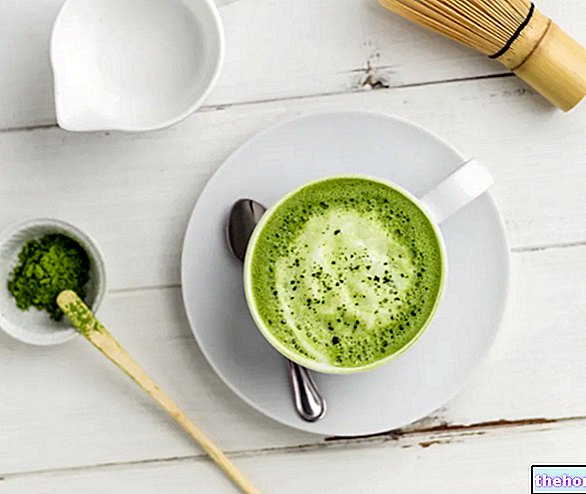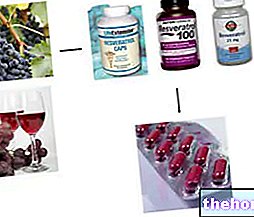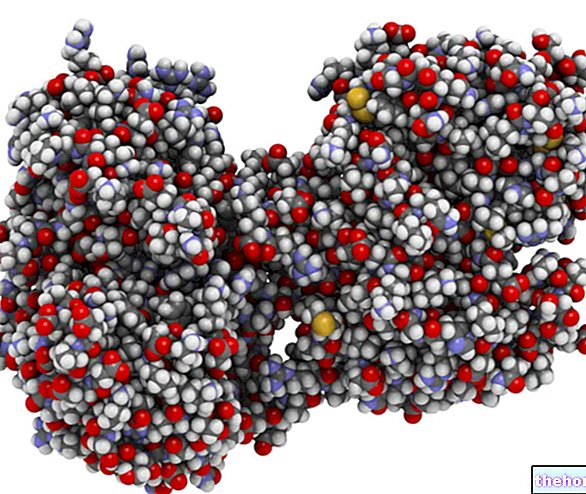What it is and Properties
Laxative Herbal Tea: How it is Made and Properties

The laxative herbal tea proposed in this article contains frangula bark, a natural remedy widely used in the fight against constipation.
Its laxative properties are linked to the presence of anthraquinones, which lend themselves quite well to aqueous extraction; in this regard, the degree of crushing of the drug is very important. The pulverization of the bark, in fact, allows to extract almost all of these. active ingredients, unlike what happens when using coarsely crushed drugs (in any case the bark must be aged at least a year or treated in a suitable way).
The herbal tea with frangula exerts its laxative action by increasing the motility of the colon (stimulates peristalsis) and favoring the secretion of mucus, electrolytes and water in the intestinal lumen.
Ingrediants
Laxative Herbal Tea: How To Prepare It
Let's now see the ingredients of this laxative herbal tea:
Prepare for infusion: pour 200 ml of boiling water on a soup spoon of the preparation. Cool down and filter. Take a cup of laxative herbal tea in the evening.
In addition to the bark frangula, another very important ingredient of the herbal tea is the intact flax seed, known for its richness in mucilage. These are heterogeneous polysaccharides which in contact with water expand, forming colloidal solutions, viscous but not adhesive (the latter characteristic which differentiates them from rubbers); the result is an increase in fecal mass (softer stools), the pressure of which against the intestinal walls is a powerful stimulus to peristalsis (progression of the intestinal contents).
Star anise and licorice are added to the preparation not so much for their laxative properties, as for the ability to improve the organoleptic characteristics. In addition to modifying the taste of the laxative herbal tea, anise has carminative (facilitates the elimination of intestinal gas) and antispasmodic properties (relieves abdominal cramps). The same actions are ascribed to licorice, which therefore - like anise - helps to mitigate the side effects of anthraquinone drugs, preventing excessively energetic colic contractions.
The laxative action of the herbal tea manifests itself approximately 12-36 hours after taking it. Prolonged use is not recommended; this laxative herbal tea is contraindicated in pregnancy and breastfeeding; avoid its prescription in children.
It should be remembered that prolonged use of anthraquinone laxatives can induce loss of electrolytes, addiction phenomena with the need to increase the dose, atonic colon with disturbed functionality, colonic melanosis and severe constipation in case of abandonment of therapy.
It is therefore advisable not to take the laxative herbal tea for more than a week.
Attention: New European Regulation of 18 March 2021
On April 8, 2021, the ban on marketing foods and food supplements containing hydroxyanthracenes and their derivatives, a family of molecules contained in various plants, such as aloe, cassia, rhubarb and senna, came into force.
More in detail, the new European Regulation of March 18, 2021 - which came into force, precisely, April 8, 2021 - modifies Annex III of Regulation (EC) No. 1925/2006 of the European Parliament and of the Council to as regards the botanical species containing hydroxyanthracene derivatives.
The full text can be consulted by clicking here. However, we can summarize the main points as follows:
- The following are added to the list of substances whose use in food is prohibited (Annex III part A of the aforementioned regulation):
- Aloe-emodin and all preparations in which this substance is present;
- Emodin and all preparations in which this substance is present;
- Preparations based on leaves of Aloe species containing hydroxyanthracene derivatives;
- Dantrone and all preparations in which this substance is present.
- The following are added to the list of substances whose use in food is subject to Community surveillance (Annex III part C):
- Preparations based on the root or rhizome of Rheum palmatum L., Rheum officinale Baillon and their hybrids containing hydroxyanthracene derivatives;
- Preparations based on leaves or fruits of Cassia senna L. containing derivatives of hydroxyanthracene;
- Preparations based on bark of Rhamnus frangula L. o Rhamnus purshiana A.D. containing derivatives of hydroxyanthracene.
















.jpg)











